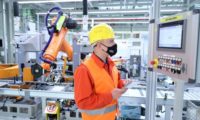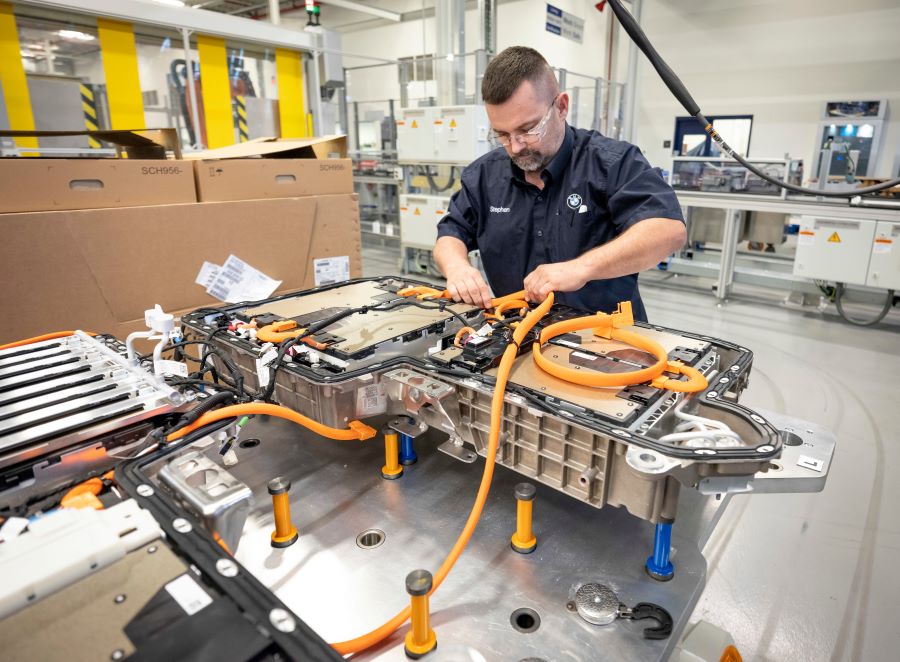INGOLSTADT, Germany—Audi AG is preparing its assembly plants to produce EVs-only within 10 years. The goal is to make the automaker’s long-term manufacturing strategy flexible and resilient.
Audi calls its vision of the future the 360factory. The initiative places equal emphasis on “cost-effectiveness, sustainability, flexibility and attractiveness.”
By the end of the decade, Audi will be making electric-drive models at all of its production sites worldwide. It facilities in Böllinger Höfe and Brussels are already assembling EVs.
Starting next year, the Audi Q6 e-tron will be the first all-electric model to roll off the production line at Audi’s flagship plant in Ingolstadt. And, EV production will gradually ramp up in Neckarsulm, San José Chiapa and Győr.
By 2029, all of the automaker’s factories will be producing at least one EV. Depending on local conditions, production of all remaining ICE models will be gradually phased out by the beginning of the next decade.
“Step by step, we are bringing all our sites into the future,” says Gerd Walker, Audi board member for production and logistics. “We don’t want any standalone lighthouse projects on greenfield sites. Instead, we are investing in our existing plants so they end up being just as efficient and flexible as newly built production sites or greenfield [facilities].”
To ensure that future production will be economical, Audi wants to cut annual factory costs in half by 2033. To achieve this, it plans to reduce the complexity of its vehicles. For instance, Walker says vehicle development engineers will focus on streamlined production processes.
Audi also plans to continue to digitalize its factories. In the future, it will deploy cycle-independent modular assembly lines to simplify work with high product variability. According to Walker, virtual assembly planning will save material resources and make innovative, flexible collaboration possible across production locations.
In addition, Audi plans to make its manufacturing processes even more flexible. “We want to structure both product and production so we get the optimum benefit for our customers,” explains Walker. “To this end, the new Q6 e-tron, for example, will initially be made in Ingolstadt on the same line as the A4 and A5. The electric models will then gradually replace the combustion cars on the lines.”









